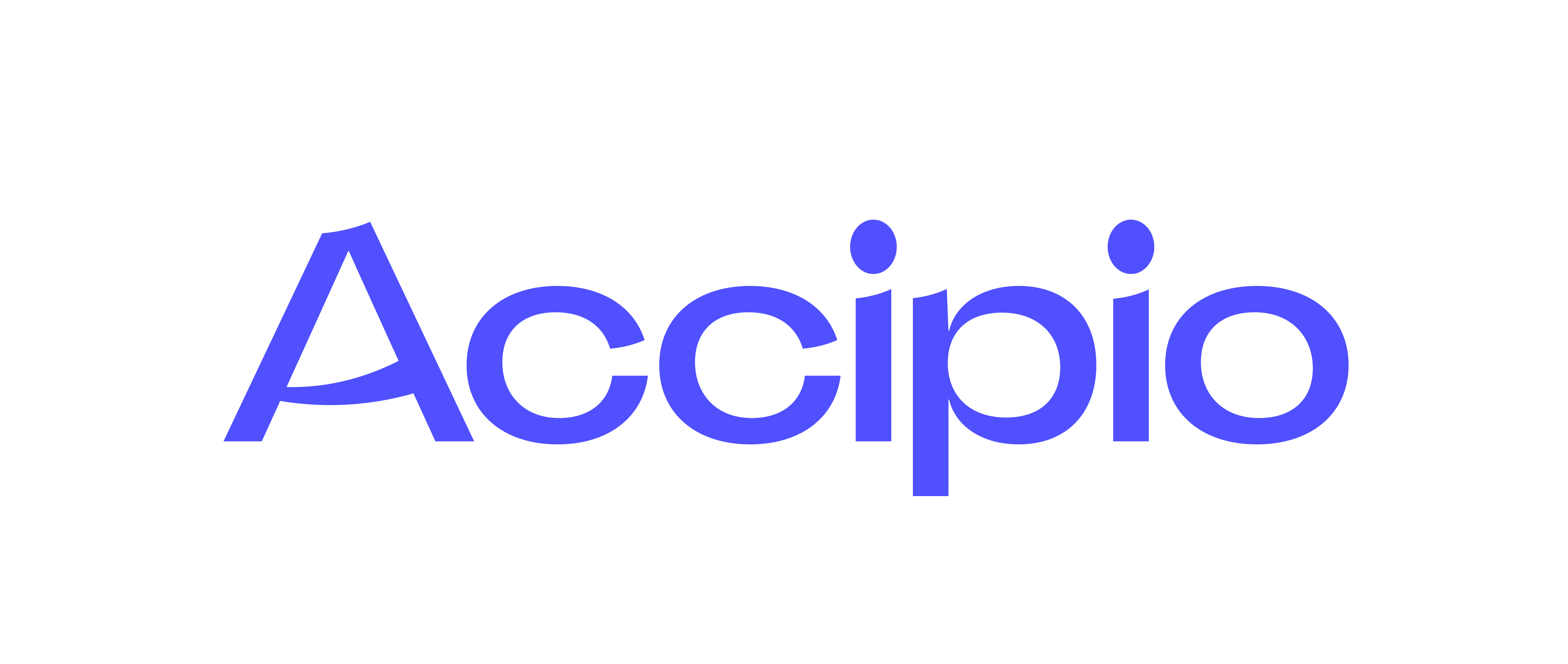12 Apr The JD-R Model
The Job Demands-Resources Model (JD-R) is a model that explores employee well-being. It is used by managers to predict employee engagement and employee burnout. The model categorises working conditions into two groups 1) Job demands 2) Job resources/positives.
This model essentially states that when job demands are high and job resources are low then factors such as stress and burnout are increased. Alternatively, when job demands are high and job resources are high then factors such as work engagement and performance levels are improved.
Categories:
JOB DEMANDS
- Work pressure and heavy workload
- Emotional, physical and psychological demands
- Stress levels
JOB RESOURCES/POSITIVES
- Career and personal development opportunities
- Training, mentoring and coaching
- Regular feedback
How to apply this model:
- Identify Job demands
- Address Job demands
- Identify potential Job resources/positives
- Address job resources/positives
HIGH DEMAND + HIGH SUPPORT = ACTIVE JOB
This is a very powerful combination in the workplace, and the ideal situation you’d want team all members to be in. Employees that are on this level of engagement and job satisfaction – their performance allows them to generate personal resources (self-esteem, optimism, resilience, self-efficacy, multi-skilling), which will buffer performance.
Bakker and Demerouti, (2006). The JD-R Model. [image] Available at: http://www.emeraldinsight.com/action/showImage?doi=10.1108/02683940710733115&iName=master.img-007.jpg&w=204&h=149 [Accessed 26 Aug. 2016].

